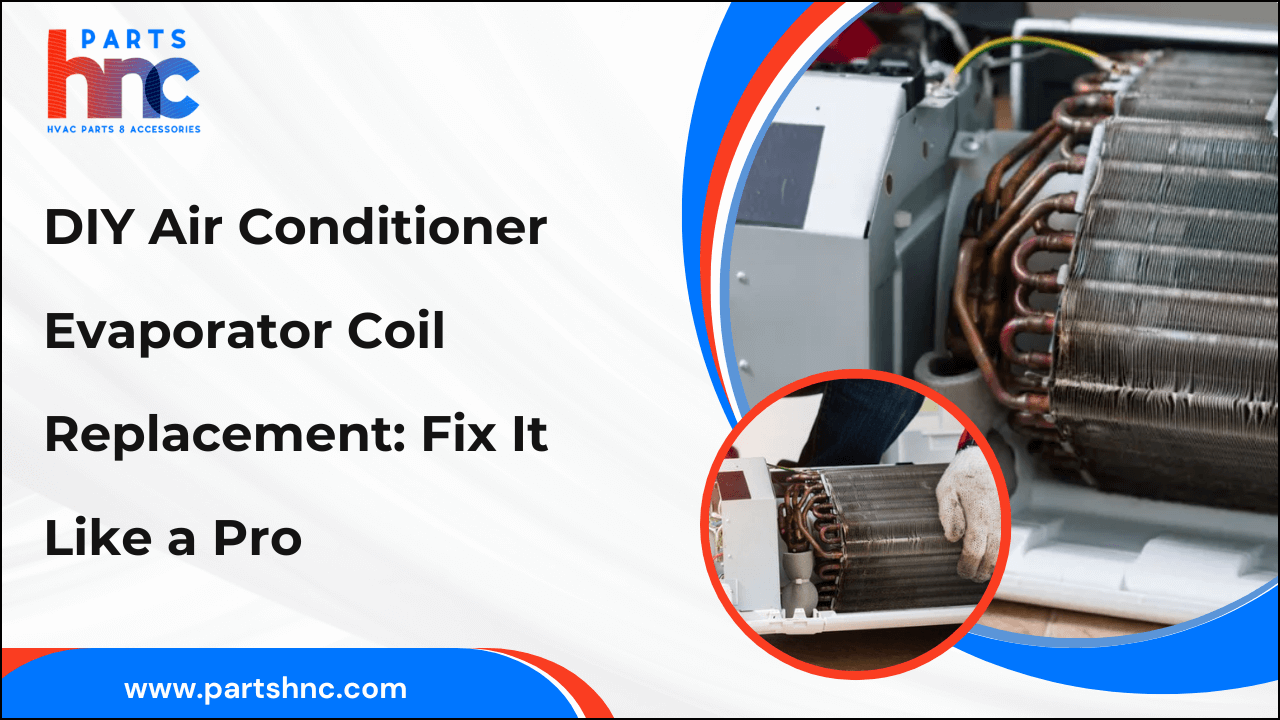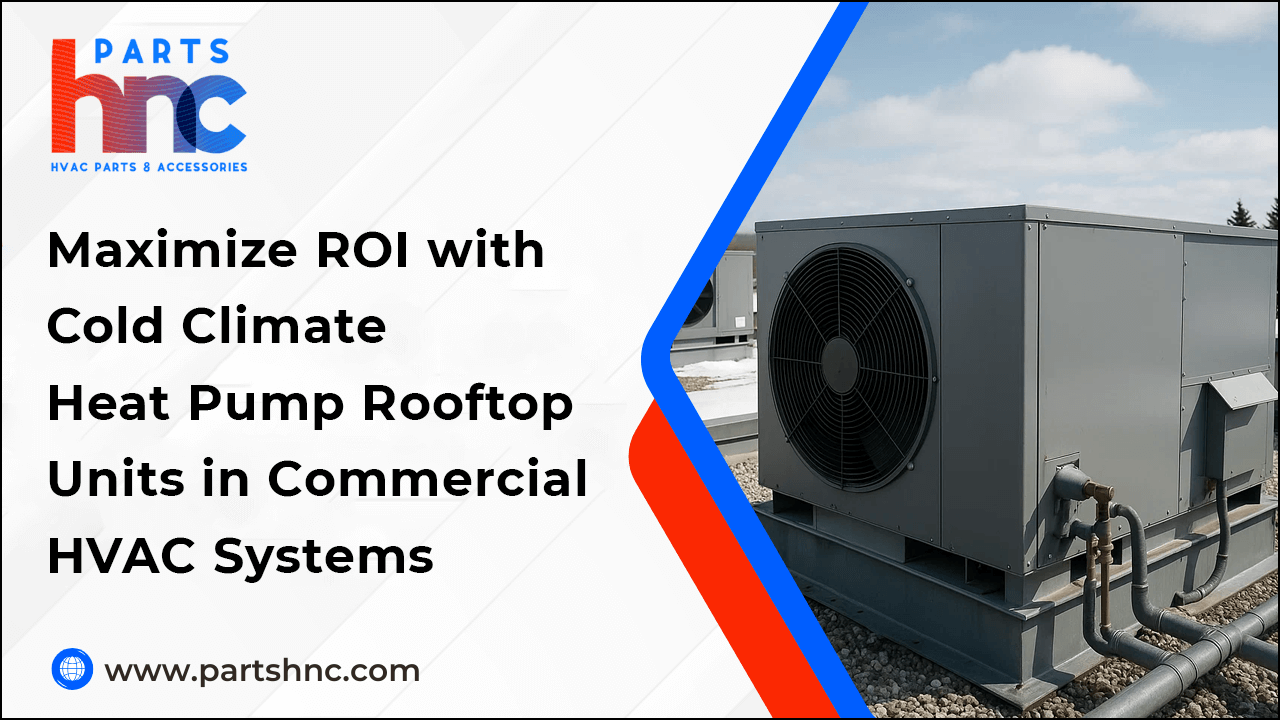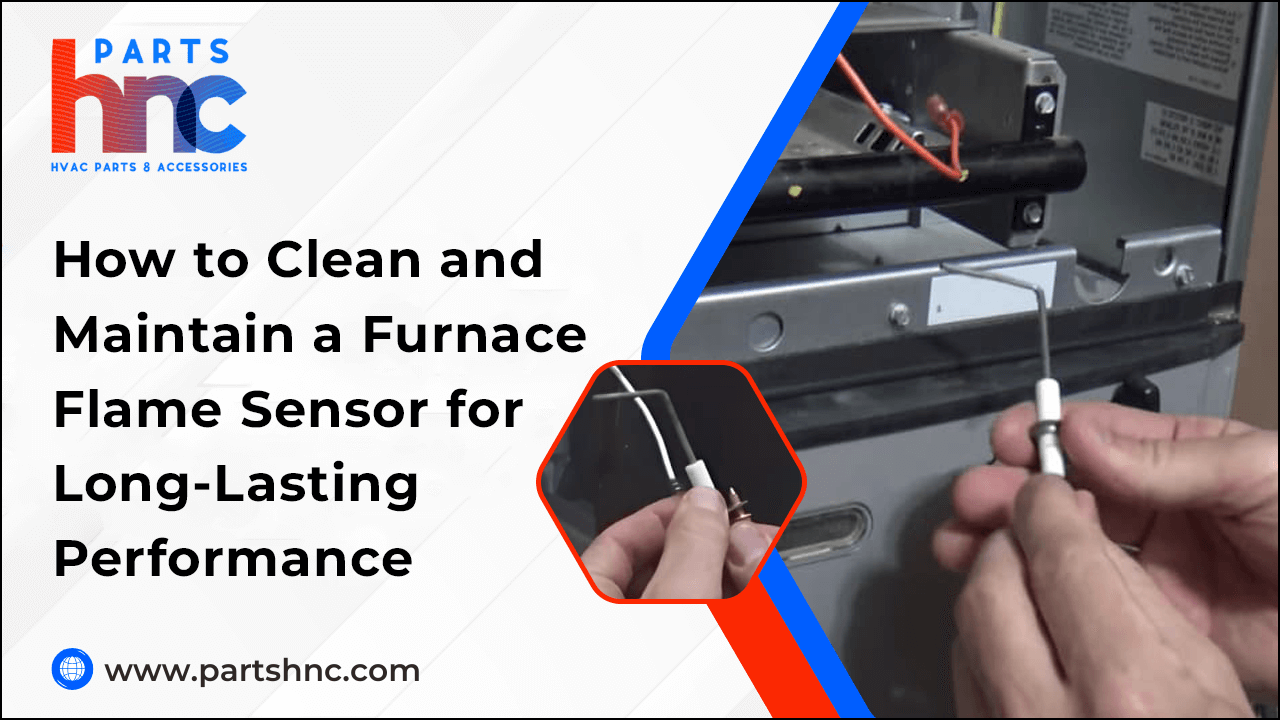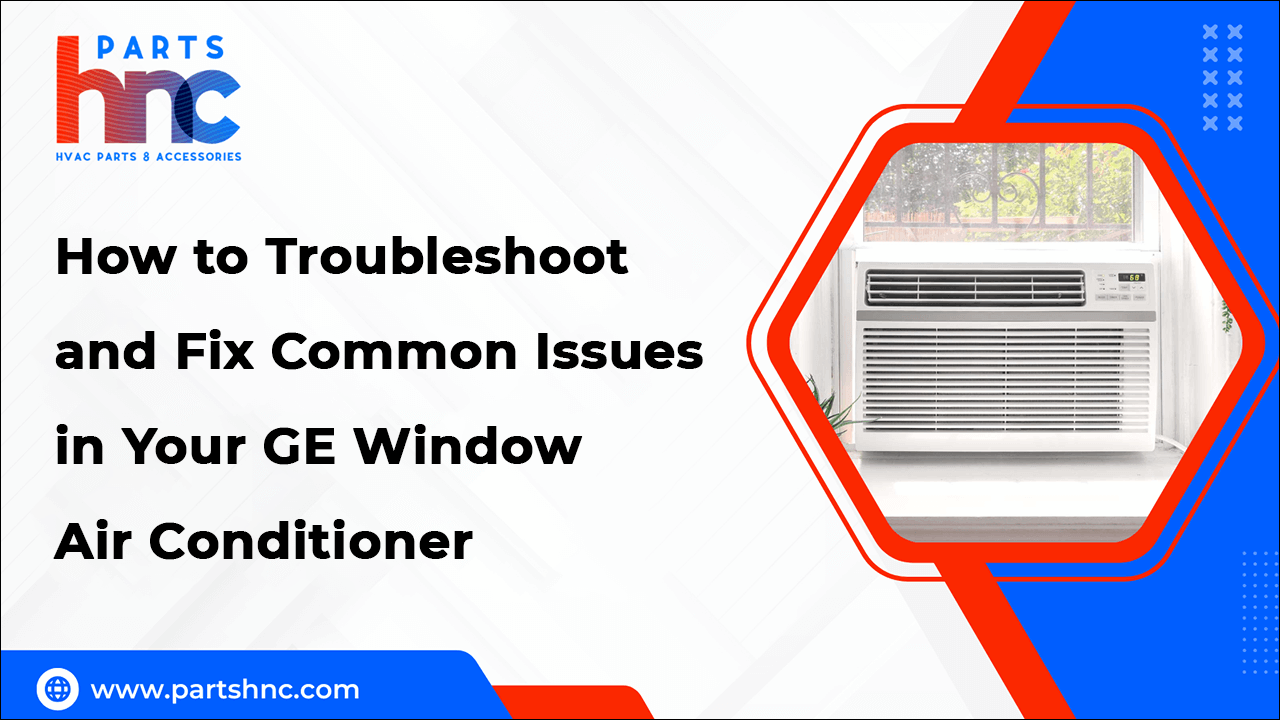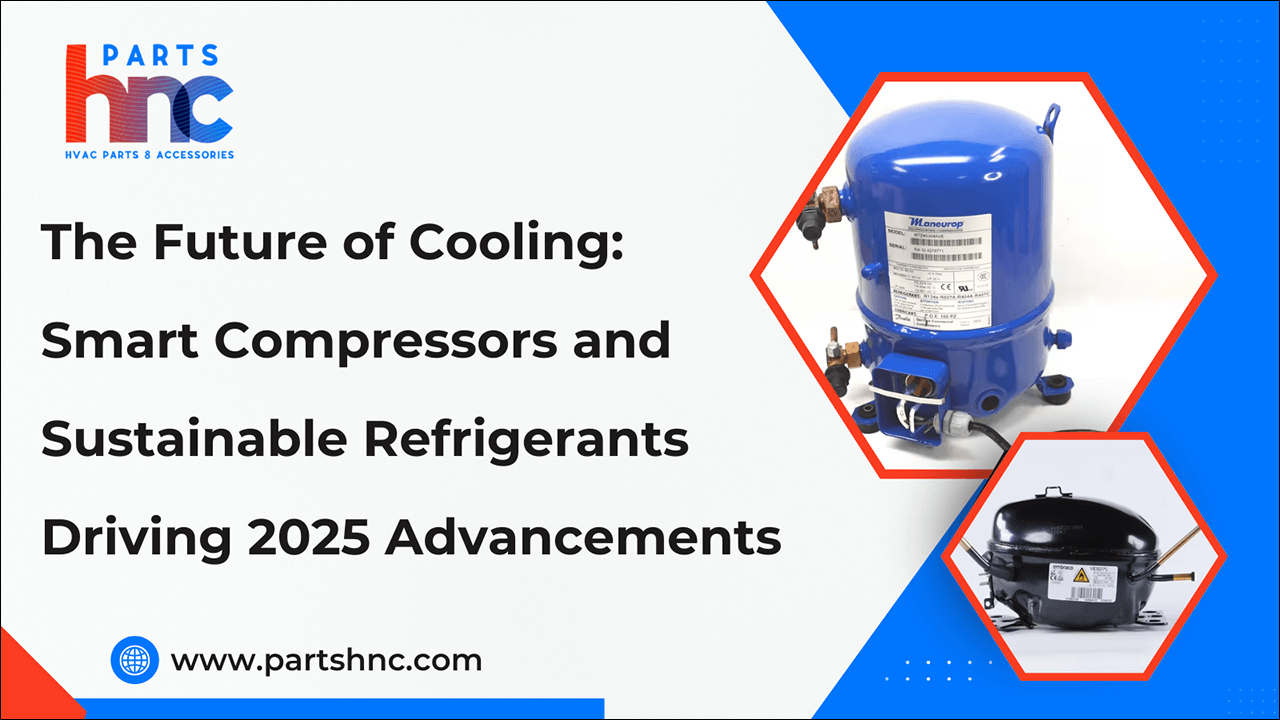Integrating AI-powered predictive control into digital twin HVAC systems represents a significant advancement in building management technology. By leveraging real-time data and machine learning algorithms, these intelligent systems can anticipate and respond to changes in environmental conditions more efficiently than traditional HVAC controls. This proactive approach not only enhances system performance but also reduces energy consumption and operational costs, making buildings smarter and more sustainable.
Digital twins create a virtual replica of physical HVAC systems, enabling continuous monitoring and simulation of different scenarios. When combined with AI-driven predictive control, this technology allows facility managers to optimize heating, ventilation, and air conditioning processes with greater precision. As a result, occupants benefit from improved comfort while building owners experience increased system reliability and lower environmental impact.
Table of Contents:Understanding...
- Read morePosted: October 06, 2025
- Replacing the evaporator coil in your air conditioner may sound like a daunting task, but with the right tools and a little know-how, it's a manageable DIY project. The evaporator coil plays a crucial role in cooling your home, and when it becomes damaged or clogged, your AC system can suffer from reduced efficiency or even complete failure. Understanding the step-by-step process will empower you to fix the issue and avoid costly professional repair fees. This guide will walk you through the entire process of air conditioner evaporator coil replacement, from identifying a faulty evaporator coil to safely removing and replacing it. Whether you're looking to save money or just enjoy the satisfaction of fixing it yourself, following these steps will help you restore your air conditioner to its optimal performance quickly and safely. Table of Contents:Why Replacing Your Evaporator Coil Matters in Air ConditionerUnderstanding the Air Conditioner Evaporator Coil and Its FunctionTools and Safety...Read morePosted: October 06, 2025
- Heat recovery VRF (Variable Refrigerant Flow) systems have become a leading choice in HVAC technology by 2025, driven by growing demands for energy efficiency and sustainable building solutions. These advanced systems optimize heating and cooling by simultaneously transferring heat between different zones, reducing energy waste and lowering operational costs. Unlike traditional HVAC setups, heat recovery VRF units adapt dynamically to varying load requirements, offering precise climate control and enhanced comfort. As environmental regulations tighten and energy prices rise, the appeal of heat recovery VRF systems continues to grow across commercial and residential sectors. Their ability to recover and reuse heat not only supports greener building practices but also improves overall system performance. This makes them a smart investment for forward-thinking property owners aiming to reduce carbon footprints while maximizing energy savings. Table of Contents:What is a Heat Recovery VRF System...Read morePosted: September 29, 2025
- Navien water heaters are known for their efficiency and advanced technology, providing reliable hot water for many homes. However, like any appliance, they can encounter issues over time. Understanding how to troubleshoot common parts problems can save you time, money, and the hassle of unnecessary repairs. Whether it’s a malfunctioning sensor, a clogged filter, or a faulty ignition system, addressing these issues early ensures your water heater continues to operate smoothly. This guide will help you identify and resolve frequent problems with Navien parts. By learning simple troubleshooting steps, you can often fix minor issues on your own or know when it’s time to call a professional. Staying proactive with maintenance and repairs keeps your water heater performing at its best, ensuring consistent hot water for your household. Table of Contents:Why Troubleshooting Navien Water Heater Parts MattersUnderstanding the Key Navien Water Heater PartsTop Signs Your Navien Water Heater Parts Are...Read morePosted: September 29, 2025
- Indoor air quality (IAQ) is an increasingly important issue for homeowners, businesses, and public facilities. As people spend more time indoors, the air we breathe inside plays a critical role in our health, comfort, and overall productivity. One often overlooked but crucial component of maintaining healthy indoor air is the proper care and disinfection of HVAC coils. In this comprehensive article, we’ll explore why HVAC coil disinfection is essential, how contaminants accumulate on coils, the methods used to disinfect them, and the significant benefits that come from regular coil maintenance. By the end, you’ll see how this essential step can help create a safer and healthier indoor environment. Table of Contents:What Are HVAC Coils and Why Are They So Important?How Do HVAC Coils Become Contaminated?Why Is HVAC Coil Disinfection So Critical?How Is HVAC Coil Disinfection Performed?Best Practices for Maintaining Clean and Disinfected HVThe Benefits of HVAC Coil Disinfection: A Worthwhile...Read morePosted: September 22, 2025
- Food safety is a critical concern in today’s world, where contamination can cause serious health risks. One of the most effective systems to prevent foodborne illnesses is HACCP, which stands for Hazard Analysis and Critical Control Points. This method provides a systematic approach to identifying, evaluating, and controlling hazards throughout the food production process. By focusing on prevention rather than relying on inspection alone, HACCP ensures food reaches consumers safely and maintains quality. Understanding HACCP is important not only for food industry professionals but also for consumers who want to know more about the safety of what they eat. This introduction explains the basics of HACCP, how it works, and why it is vital for food safety worldwide. Table of Contents:Understanding Your Furnace Duct SystemSigns You Have a Duct Problem in Your FurnacesCommon Furnace Duct Issues and How to Identify ThemDIY Furnace Duct Troubleshooting and FixesHVAC Furnace Duct Preventative Maintenance...Read morePosted: September 22, 2025
- Maximizing return on investment (ROI) in commercial HVAC systems requires smart, energy-conscious solutions, especially in colder regions where heating is a major expense. Cold climate heat pump rooftop units (CC-HP RTUs) offer a modern approach to managing indoor comfort efficiently throughout the year. These systems are designed to perform reliably even in freezing temperatures, reducing energy use and operational costs compared to traditional heating methods. As building codes and environmental policies increasingly promote electrification and lower emissions, CC-HP RTUs stand out as a forward-thinking upgrade. In this article, we’ll examine how adopting these units can lead to significant cost savings, enhanced energy efficiency, and long-term value for commercial buildings. Table of Contents:What Makes Cold Climate Heat Pump Rooftop Units Ideal for Commercial HVAC?Key Benefits of Cold Climate Heat Pump Rooftop Units for Commercial BuildingsHow to Implement Cold Climate Heat Pump Rooftop...Read morePosted: September 15, 2025
- A furnace flame sensor is a small but crucial part of your heating system that helps ensure safe and efficient performance. It detects whether the furnace’s burners are lit and prevents gas from building up by shutting off the system if no flame is detected. Over time, dust, dirt, and other debris can collect on the sensor, causing it to stop working properly, which may result in the furnace turning off unexpectedly or not heating efficiently. Knowing how to clean furnace flame sensor regularly is important to keep your furnace functioning well and extend its lifespan. This guide will provide easy steps to clean and care for your furnace flame sensor, helping you avoid expensive repairs and keep your home warm during cold weather. Table of ContentsWhy Cleaning Your Furnace Flame Sensor Can Save You MoneySigns Your Furnace Flame Sensor Needs AttentionSafety Precautions Before Cleaning a Furnace Flame SensorStep-by-Step Process to Clean a Furnace Flame SensorMaintenance Tips to Extend Furnace...Read morePosted: September 15, 2025
- GE window air conditioners, designed for both commercial and residential use, provide effective cooling solutions for a variety of spaces. Over time, these units may encounter common issues such as decreased cooling efficiency, unusual noises, or water leaks that can impact their performance. This comprehensive guide delivers clear, step-by-step troubleshooting and repair tips tailored specifically for GE AC parts in both home and business environments. By following these instructions and using the proper tools while observing safety precautions, many repairs can be efficiently completed either at home or on-site. Prompt diagnosis and repair help restore optimal function and extend the lifespan of your unit, ensuring consistent, effective cooling all year round. Table of Contents:Why Troubleshooting and Repairing Your GE Window Air Conditioner MattersCommon Signs of Issues in GE AC Window UnitsIdentifying Frequent Problems with GE Window Air ConditionersEssential Tools and Safety Precautions...Read morePosted: September 08, 2025
- Cooling technology is entering a new era in 2025, driven by the urgent need for energy efficiency and climate-friendly solutions. At the heart of this transformation are smart compressors and sustainable refrigerants—two innovations reshaping how we cool our homes, businesses, and industries. Smart compressors use advanced sensors and AI to optimize performance, reduce energy consumption, and extend equipment lifespan. Meanwhile, eco-friendly refrigerants with low environmental impact are replacing traditional, high-GWP chemicals, helping to combat climate change. As global temperatures rise and regulations tighten, these technologies are becoming essential for a more sustainable and cost-effective future. In this article, we explore how smart compressors and green refrigerants are setting new standards in the world of cooling. Table of Contents:The Role Of Smart Compressors And Sustainable Refrigerants In Cooling Innovations For 2025Benefits of Using Smart Compressors and Eco-Friendly...Read morePosted: September 08, 2025


